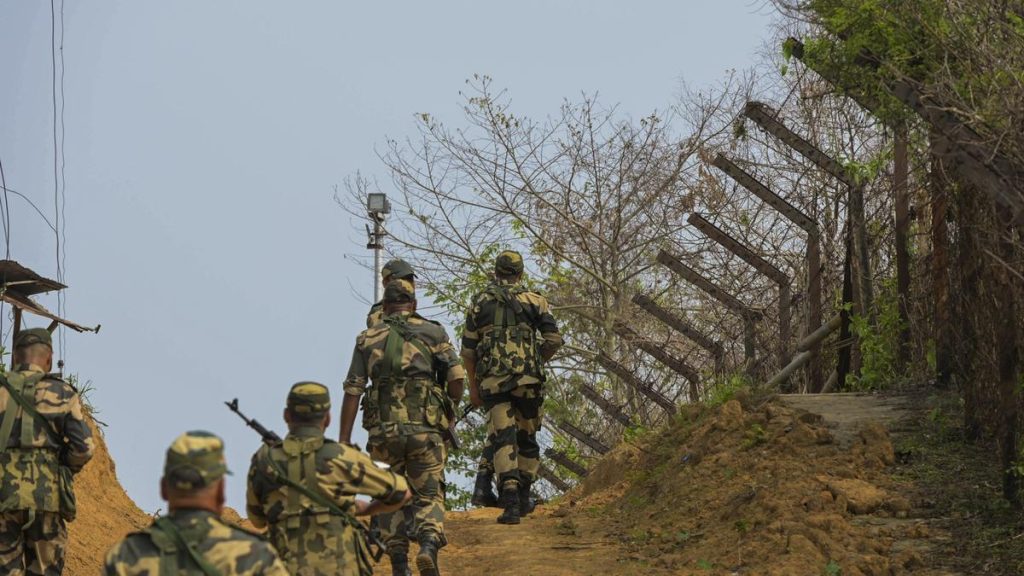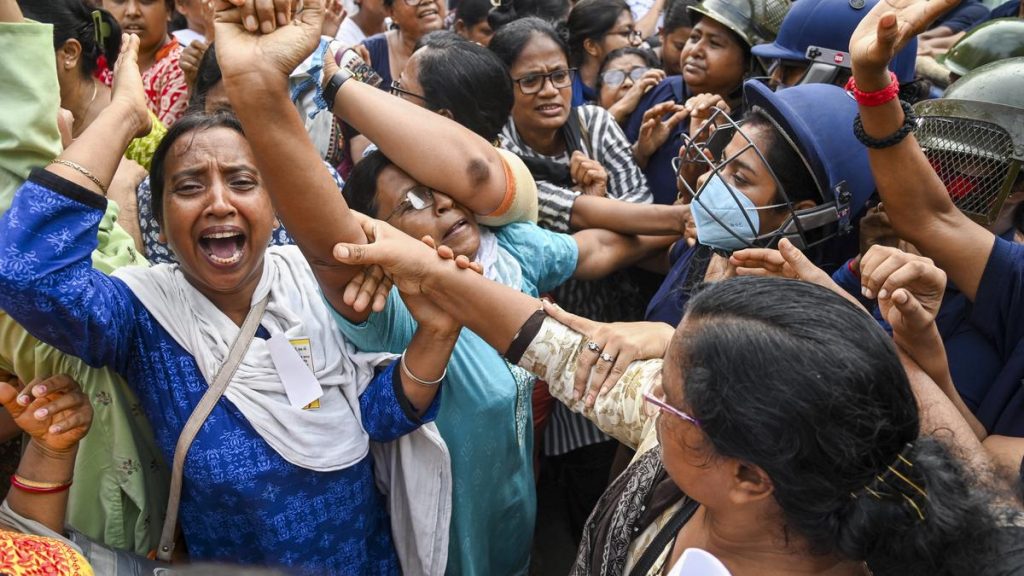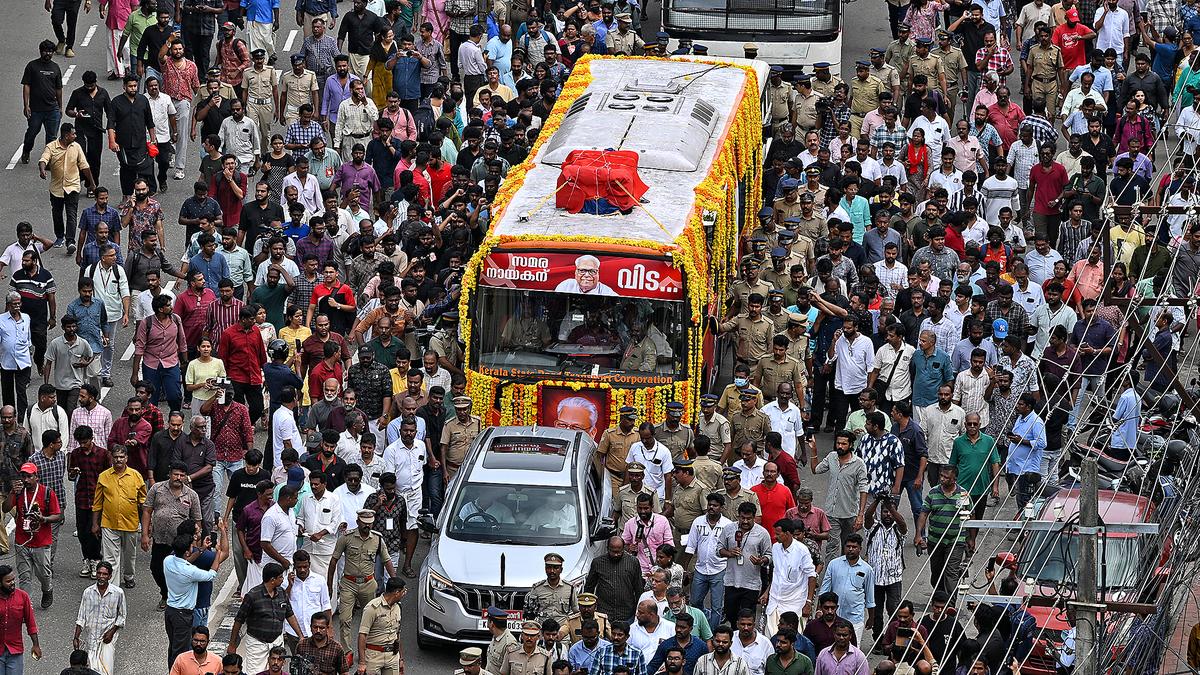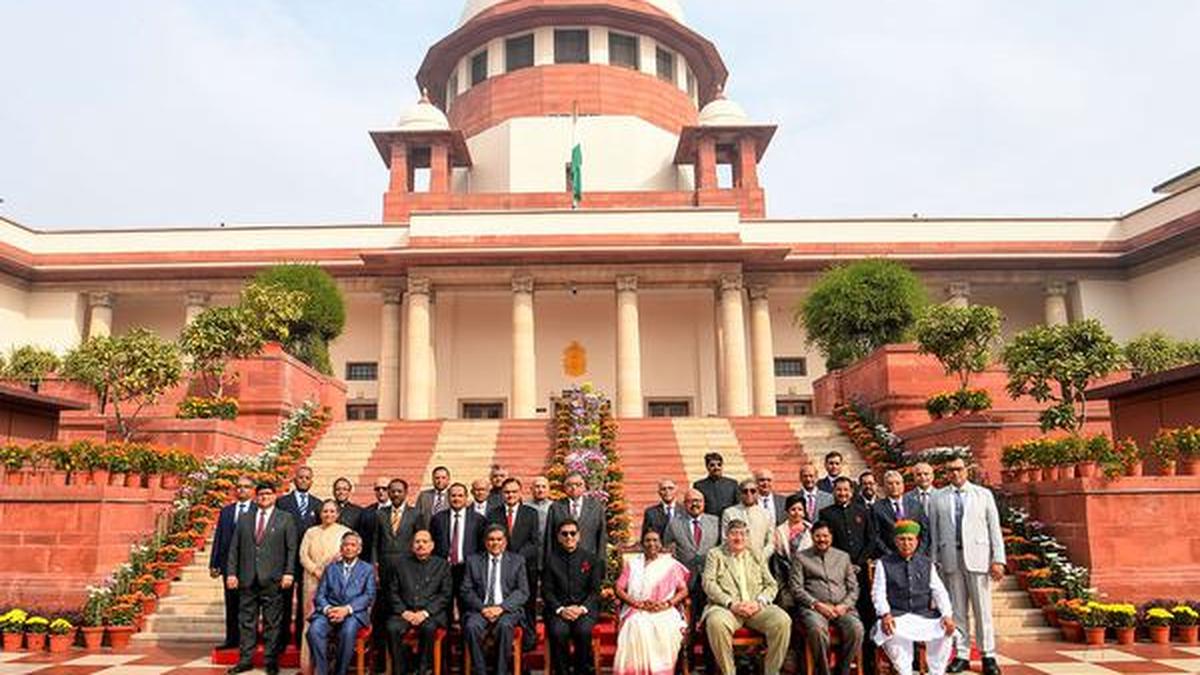Now Reading: Punnapra-Vayalar Uprising: The Revolt That Shaped Kerala’s Left
1
-
01
Punnapra-Vayalar Uprising: The Revolt That Shaped Kerala’s Left
Punnapra-Vayalar Uprising: The Revolt That Shaped Kerala’s Left
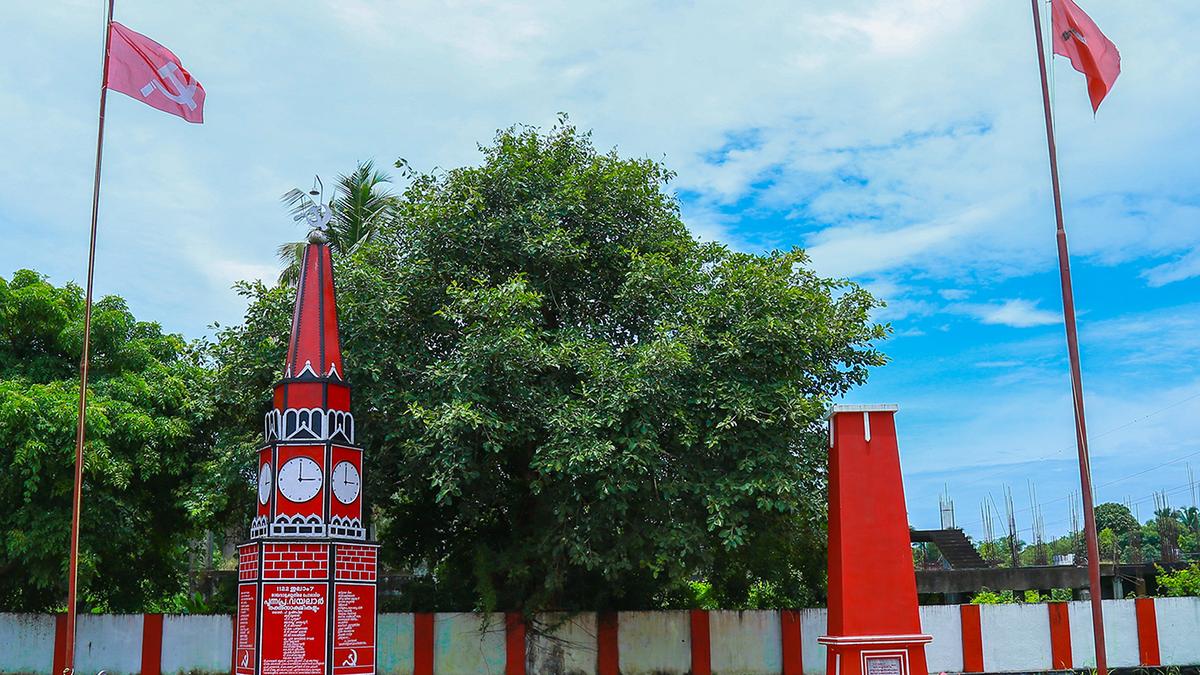
Quick Summary
- V.S. Achuthanandan, a communist icon and former Kerala Chief Minister, passed away at 101 years old.
- He was deeply connected to the Punnapra-Vayalar uprising in 1946-a critically important revolt by workers and peasants against the autocratic Travancore monarchy and Diwan C.P.ramaswami Iyer.
- The movement mobilized coir workers, agricultural laborers, and tenants affected by extreme economic hardship due to food shortages, inflation, unemployment, and feudal exploitation post-WWII.
- Discontent grew from Ramaswami Iyer’s proposal to create an self-reliant Travancore with a U.S.-style constitution under martial law; resistance culminated in mass marches that were brutally suppressed leading to hundreds of deaths during violent clashes in Punnapra and Vayalar villages.
- Achuthanandan played an organizing role but was arrested before final confrontations; he later went underground briefly but endured torture during captivity before being jailed.
- The uprising reshaped Travancore’s political landscape: Diwan Ramaswami Iyer resigned less than a year later; it paved the way for Kerala’s unification as a linguistic state in 1956 where communism emerged strongly politically-including its first elected communist government led by E.M.S Namboodiripad in 1957.
Indian Opinion Analysis
The Punnapra-Vayalar uprising symbolizes one of India’s most poignant episodes of grassroots resistance against feudal oppression, colonial structures of power, and political autonomy schemes modeled on external systems like the American presidential model for governance proposed by Diwan C.P Ramaswami Iyer..
Stay Informed With the Latest & Most Important News
Previous Post
Next Post
Loading Next Post...


